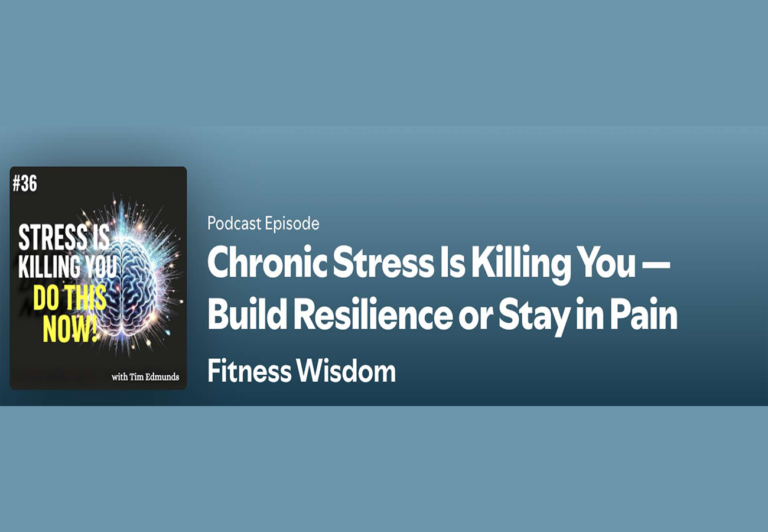The Science of Emotion: Understanding the Link between Feelings and the Autonomic Nervous System
The emotions we experience daily, from the exuberance of joy to the heaviness of sorrow, are not merely fleeting feelings. They are deeply entwined with the intricate web of our autonomic nervous system (ANS). Delving into the science of emotion requires not just a psychological understanding but also a biological comprehension of how our bodies react to the world around us.
What is the Autonomic Nervous System?
The ANS is a component of our peripheral nervous system, responsible for regulating involuntary bodily functions such as heartbeat, digestion, and respiratory rate. It primarily comprises two branches: the sympathetic nervous system, often associated with the “fight or flight” response, and the parasympathetic nervous system, linked to “rest and digest” functions.
Emotions and the ANS: The Intrinsic Connection
Emotions, whether we realize it or not, are essentially physiological reactions. Let’s take an everyday example. When faced with a perceived threat, you might feel fear. This emotional response is your body’s way of preparing for potential danger. Biologically, this means the activation of the sympathetic branch of the ANS. Your heart rate might increase, pupils might dilate, and your body prepares to either face the threat (fight) or flee away from it (flight).
On the contrary, after a relaxing day or perhaps a session of deep meditation, you might feel calm and at peace. This emotional state corresponds to the activation of the parasympathetic branch, ensuring that your body conserves energy, focuses on digestion, and promotes healing and regeneration.
Emotions as Indicators
Our feelings, in this context, can be viewed as indicators or barometers of our ANS state. Intense emotions, be it anger, fear, or anxiety, often point towards a heightened state of arousal in the ANS, specifically the sympathetic branch. In contrast, feelings of calmness, contentment, or relaxation often indicate that our parasympathetic system is taking the lead.
Understanding this link offers a profound tool. By being more in tune with our emotional states, we can gain insights into the functioning and balance of our ANS. Moreover, it can guide us in adopting strategies to shift our ANS state when needed, promoting better health, well-being, and emotional balance.
The Two-Way Street
While our ANS state can influence our emotional state, the reverse is also true. Positive psychological interventions, mindfulness practices, or even merely surrounding ourselves with positive stimuli (like art, music, or loved ones) can influence our ANS. This interaction, where our feelings can alter our physiological state, emphasizes the deep-seated connection between our mind and body.
The Path Forward: Harnessing the Power of Emotion
Recognizing the symbiotic relationship between emotions and the ANS grants us the power to harness our feelings for better health outcomes. Practices such as deep breathing, guided imagery, or progressive muscle relaxation can help shift the balance from a sympathetic-dominant state to a parasympathetic one.
Furthermore, with advancements in biofeedback and neuroscientific research, we can now objectively monitor the state of our ANS and observe in real-time how different emotional states impact our physiology.
Conclusion
The dance between emotions and the autonomic nervous system is a testament to the intricate and delicate balance that keeps us alive, responsive, and adaptive. By deepening our understanding of this relationship, we pave the way for not only emotional intelligence but also for holistic well-being and health. As the lines between psychology and biology blur in this context, one truth becomes increasingly evident: to truly understand ourselves, we must view our emotions and physiology not as separate entities but as interconnected aspects of the complex beings that we are.



